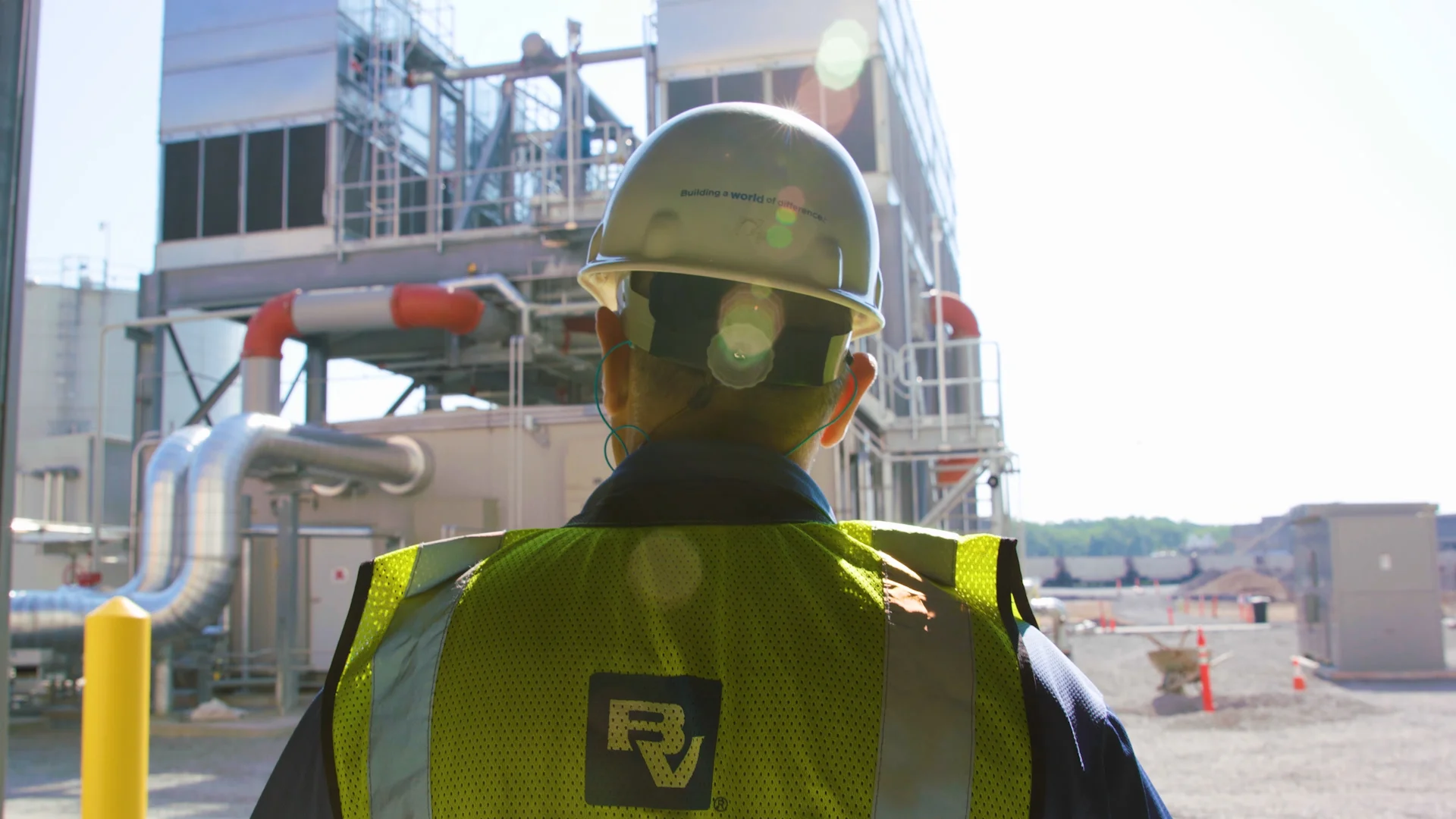Emerging Energy Technologies
Pioneering Sustainability in the Federal Sector

by Raul Herrera, Federal Energy Security Director
In the domain of national infrastructure, energy stands out as both a fundamental thread and a dynamic pattern that shapes the resilience and sustainability of our nation. The engineering community, including designers and equipment vendors, are some of the key players in the sector, diligently applying scientific and technical knowledge to innovate and improve our energy infrastructure. The transformation towards renewable energy is an example of a comprehensive challenge that encompasses not just the adaptation of modern technologies but also the sustainable integration into the current grid systems and local facility energy resiliency microgrids.
Sustainable Energy Transformation
The United States’ energy paradigm is undergoing a considerable shift in its approach to energy systems, pivoting away from traditional fossil fuels to a more diversified portfolio of renewable and sustainable sources. Wind, solar, hydropower, bioenergy, geothermal and other diversified energy sources are no longer fringe players; they are increasingly central to the nation’s energy strategy. This transformation demands a systematic approach, one that ensures modern technologies not only coexist but synergize with established frameworks and renewable integration that is resilient, efficient, and integrates with existing infrastructure.
Engineering and vendor teams and strategies work on cross disciplinary integration, often involving the implementation of advanced control systems that manage inputs from multiple utilities and variable renewable sources. This requires not only the technological acumen to design and implement but also the strategic foresight to plan for future scalability and adaptability. These renewable sources are increasingly vital to the national energy strategy, driven by climate imperatives, federal agencies, including the Department of Defense, focusing on clean, reliable, and secure energy sources to power their missions and the nation. As these renewable energies ascend from supplementary to central roles in our national energy matrix, they bring forward a multifaceted doctrine of energy resilience.
The U.S. military is investing heavily in microgrid technologies to ensure uninterrupted operations, even when traditional energy grids falter. Microgrids are not only sustainable but also strategically vital, providing redundancy and security to critical operations. The most common sources of generation and storage are reciprocating engines fueled by diesel, natural gas, solar photovoltaic panels (PV) and battery energy storage systems (BESS).
Innovative Technologies
In the age when federal infrastructure modernization is more than a mandate, it is also a ground for innovation where we must integrate emerging technologies into a unified system. Federal infrastructure modernization is a strategic imperative, presenting an opportunity for innovation in engineering and sustainable design. The integration of these innovative technologies into a cohesive infrastructure requires a precise and comprehensive systems engineering approach, both that presents a challenge and an opportunity. This involves rigorous feasibility studies, sophisticated design, and strategic implementation to ensure that the transition to renewable energies is not only environmentally sound but also grounded in reliable, scalable, and cost-effective engineering solutions. Assessing current energy systems, forecasting long-term power needs, and planning for the integration of renewable energy sources and microgrids, is increasingly important now for diversification of energy sources. As engineers, we must ensure Emerging Energy Technologies: Pioneering Sustainability in the Federal Sector that the transition to sustainable energy is not only visionary but also practical, grounded in sound economics and reliable engineering.
We must not overlook the importance of decarbonization, energy efficiency, and proven technology like cogeneration and combined heat and power systems. The implementation of improved, cleaner and more efficient generators with the ability to use burn biodiesel, natural gas, hydrogen, ammonia, landfill gas, sewage gas, biogas, mine gas, coal gas, and syngas. Emerging technologies such as hydrogen production, ammonia, methanol, green/blue chemicals, fuel cells, biofuels, and advanced energy storage systems create a new energy doctrine—one that is resilient in the face of changing global conditions and threats. The challenge is not only to adopt emerging technologies but to do so in a way that is practical, secure, sustainable, and cost effective.
The role of energy in our national defense and economy cannot be overstated. The Department of Defense, for instance, is embracing these emerging technologies to ensure mission readiness and operational excellence. Innovative energy solutions must be analyzed through an economic lens to ensure that they are viable and sustainable long-term investments. The engineering process involves evaluating the entire lifecycle of infrastructure projects—from initial costs to long-term operational expenses—to ensure that the investments are sound and that they provide the intended economic benefits. We must consider the lifecycle of energy solutions, encompassing aspects such as procurement, construction, management, and optimization, to ensure economic viability. Strategies to reduce peak grid demand, translates into lower energy costs, providing an economic edge to sustainability efforts.
Cyber-Resilient Systems
In today’s interconnected world, energy infrastructure is a part of our nation’s critical systems, and its security is paramount. Cybersecurity threats have expanded from data breaches to the potential for crippling energy systems, underscoring the need for robust defenses. With the ever-increasing interconnection of physical infrastructure and digital control systems, cybersecurity has become an inseparable aspect of infrastructure engineering. It is imperative that designs not only consider the physical durability and environmental impacts but also the cyber resilience of the systems involved. The engineering discipline now extends into the realm of cyber-physical systems where security is designed into the infrastructure from inception, not bolted on as an afterthought. While engineering solutions are applied within national borders, knowledge and best practices are often derived from global knowledge. Lessons from international advancements in sustainable engineering are crucial for informing the strategies adopted by federal agencies. This global exchange of information and expertise enriches the engineering solutions crafted for domestic infrastructure, ensuring that they are at the cutting edge of technology and best practices.
Looking ahead, the role of engineering in shaping the nation’s energy independence and security is more critical than ever. This involves anticipating future demands, potential disruptions, and technological advancements. Through a collaborative effort within the engineering community, solutions are being designed to not only respond to current needs but are now flexible enough to adapt to future changes. We must aim to engage stakeholders across the spectrum—from federal decision-makers to industry leaders and the informed public—by blending insights into market trends, practical implementation strategies, infusing innovation, practicality, and the critical role of security in energy sustainability. In every engineering endeavor, the goal is to balance the trifecta of sustainability, security, and economic viability. As a result, the engineering community contributes to a resilient infrastructure capable of withstanding the challenges of both today and tomorrow. This collective effort is the cornerstone upon which a sustainable and energy-independent future will be built. Engineering solutions for our nation’s toughest challenges is more than a mission statement for Black & Veatch—it is a commitment to our federal partners and to the broader vision of energy independence, security, resiliency, and sustainability.
This article first appeared Army Engineer Magazine, Summer 2024
Contact Us
Looking for a partner in innovation?
Let's Talk
